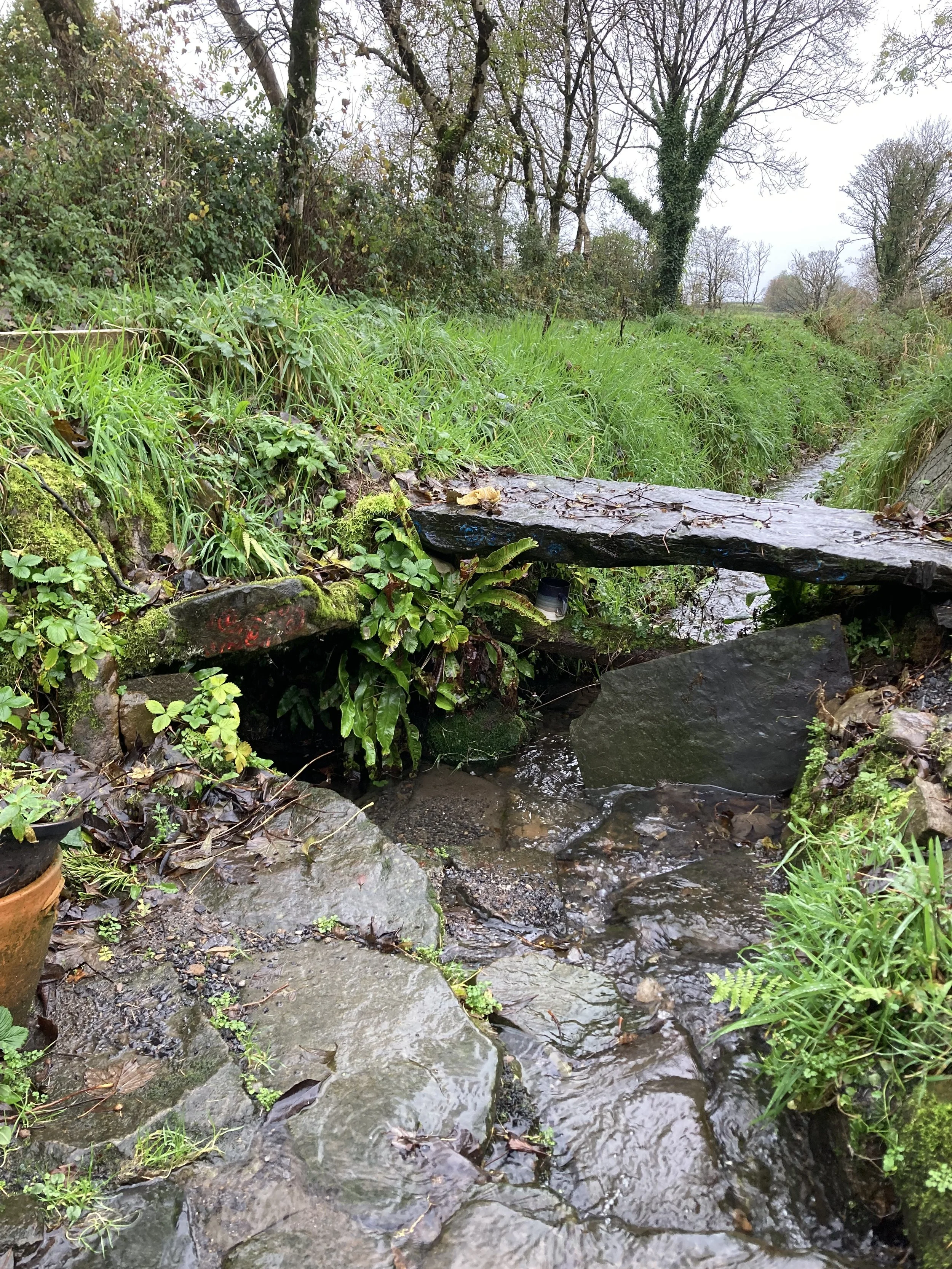PALESTINE – PĀKEHĀ – PUNA
OCTOBER 2023 by RACHEL JANE LIEBERT(‘S BONES)
As I sit down to write this first blog, all I can think about is the violent rollout of settler colonialism happening right now in Palestine, before the world’s eyes. The apartheid, the genocide, the White supremacy, rationalised through racist rhetoric that lands all too easily in the ears of settler peoples elsewhere, primed for generations to side with the settler colonial state.
I find myself getting lost in the depths of my own babies’ beautiful brown eyes, passed down from their own Muslim ancestors on their dad’s side – ancestors who too were colonised by British foot-soldiers – including my own Irish ancestors – Presbyterians who missioned in Gujarat before landing in 1863 on the Ngai Tahu whenua of Aotearoa to do it again. That is, to commit cosmological violence in the name of Christianity, although this time against Māori.
And I feel sick, I ache, my joints threatening dislocation, my neck so stiff I can’t look behind me. My body, in short, refusing to be ignored. So I look too at my settler skin, I sense the grinding of my settler bones, and I can’t stop thinking, also, about what it means right now to be Pākehā.
As we in The Tīpuna Project gather our co-researchers in preparation for our first wānanga, I am struck by the resonance between the question being asked by many of our Pākehā folx of our Pākehā ancestors, and the question being asked by many Jewish folx of the Israeli state: How could you do to others what our ancestors had done to them?
For us Pākehā share more here with Jewish-Israelis than our settler skin and bones. Like them, our Gaelic and Celtic ancestors weren’t always considered White, and were themselves targets of enclosure, expulsion or extermination before they and/or their descendants went on to become agents of an echoing colonial violence here in Aotearoa.
(How) did your comms with our ancestors become so broken?
(How) have our comms with our ancestors become so broken?
My great, great, great grandmother from Belfast - Granny Glasgow was a missionary’s wife in Gujarat then Aotearoa.
In 2016, I was diagnosed with Ankylosing Spondylitis – a serious arthritic condition involving the inflammation of all my joints and the gradual fusion of my spine, that I likely inherited from my missionary ancestors. I was told in ceremony that my bones – my iwi – have come to die in me because they are swollen with things to tell.
Things that feel sickening. That make us ache. Dis-locate. Things that make looking behind us – at ‘the past’ – difficult, uncomfortable, painful, scary or seemingly impossible.
So I began to experiment with listening to my bones, slowly learning pagan practices that are grounded in Gaelic cosmology, hoping that my more distant, witch-y ancestors – the bean feasa, the wise women, the faery doctors – might guide me in communing with their missionary mokopuna, to hear what these closer, settler ancestors have to say.
What can we, present-day settler peoples – particularly the womxn, the weirdos, the queers – i.e. those who too would have been hunted down by the Church, capitalism, colonialism – learn from the spiralling genocide in our bones? Could these comms help us to be accountable to Indigenous peoples past, present and future? Could they somehow unsettle our ongoing complicity in White supremacy?
These bony pātai are the whakapapa of The Tīpuna Project for me. But I tentatively sense such radical potential not in what we may hear so much as how, or even simply that. I am wondering if to commit to ancestral comms is to commit to wrestling our bodies away from a rational, detached figure-cum-standard of the ‘human’ still used to justify settler colonial violence, and towards something else. Something more-than-human.
A puna in the Loughcrew foothills, used by folx to cleanse before climbing up to ancestral cairns.
And then earlier this year, Teah pointed out that in Te Ao Māori, the words ‘tīpuna’ (ancestors) and ‘mokopuna’ (descendants) are connected by puna – evoking us, the people in-between, as wellspring. And in the lands of the Gaels, wellspring are portals to the otherworld. They were (are) so central to paganism, that they themselves were targeted by colonial forces – filled with rocks, trapped in fences.
Perhaps then, for Pākehā – settler peoples in Aotearoa who whakapapa to the British Isles but live with Papatūānuku – The Tīpuna Project is calling us to enter some kindof puna-potential. To be a swirling, turbulent portal between our ancestors and our descendants that seeks to breach – not repeat – violent legacies.
Welcoming an-other-way, an-other-world.
I am not suggesting that simply by becoming more spiritual White folx can bypass our whiteness. Or that by recognising the trauma of our ancestors, we can heal our whiteness. Or that by connecting to our own indigeneity, we can neutralise our whiteness. Far from bypassing, healing and neutralising, White spirituality, trauma and indigeneity are too easily used to protect and reinforce whiteness and therefore White supremacy.
At least for now.
Even as I type, such kupu are being weaponised against Palestinians.
Kaore. Given the constant, seductive pull on White folx to become agents of White supremacy (whether wittingly or not), our rōpu Pākehā is tasked with militantly forefronting our present response-ability as settler peoples. Reflexively diving into (not away from) our whiteness – our inherited sickness, our broken comms – in explicit commitment to the decolonisation of Aotearoa and elsewhere.
This is the kaupapa Pākehā of The Tīpuna Project for me. It is where we are ‘beginning’. Refusing to sit back and watch the continued rollout of settler colonialism, whether in the world or in our bones. Not knowing where we are going, but attentive to how we move.



